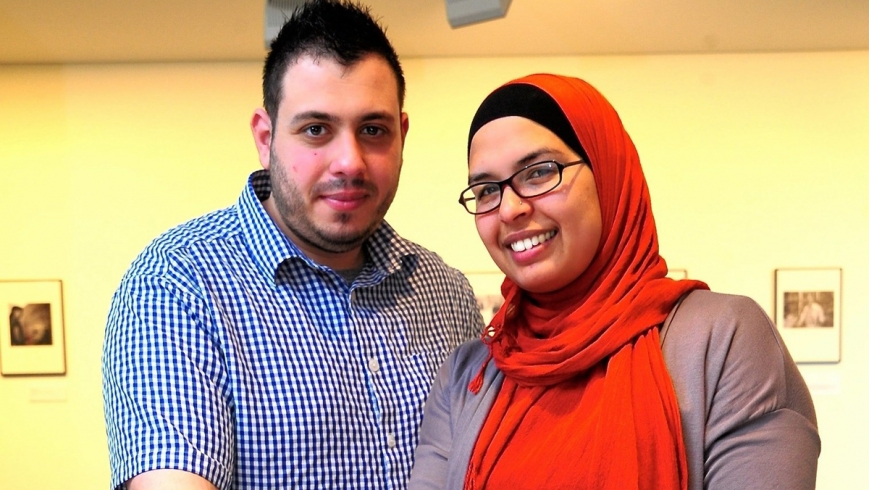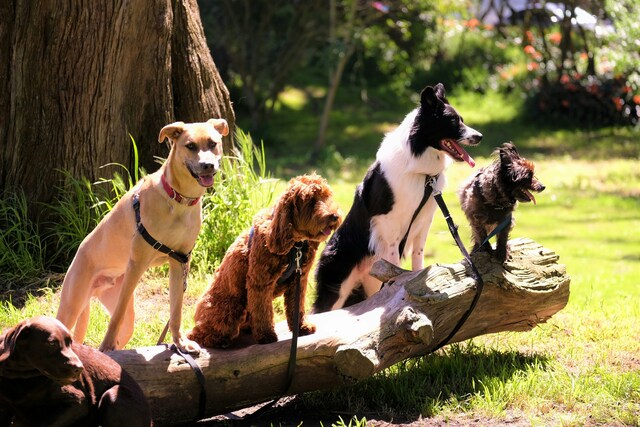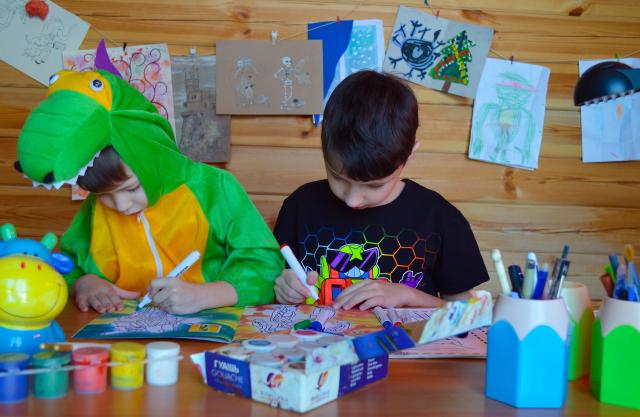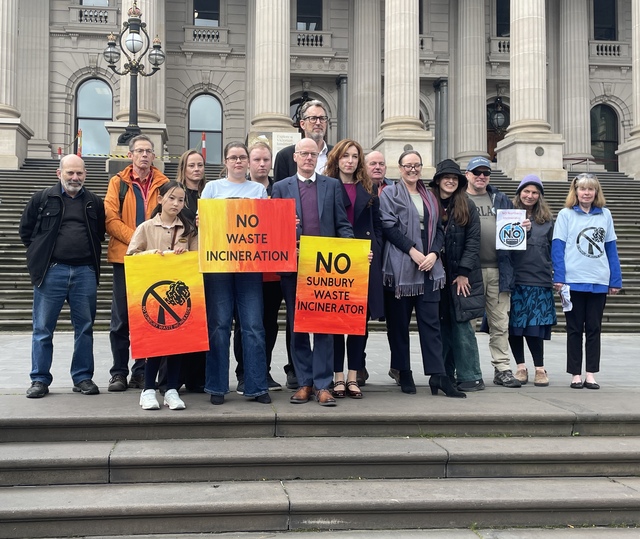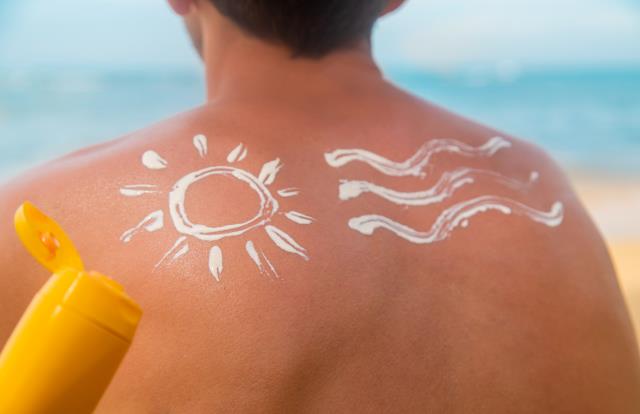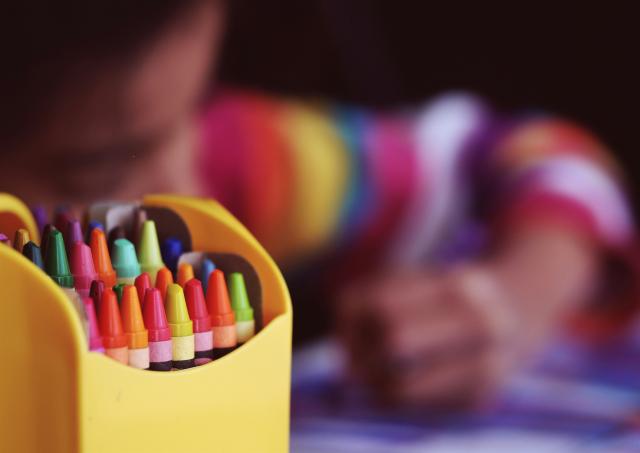The pocket of land tucked between south-east Asia and Europe is a conundrum to the rest of the world – is the Middle East dominated by its rich culture or its displaced people?
Zahrah Habibullah and Ahmad Sabra, of Gladstone Park, travelled to Gaza three years ago and documented three prominent things about the conflict zone – hummus, falafel and refugees, all of which are in abundance.
“If you want to find a refugee, look for a hummus or falafel shop,” Mr Sabra said. “[Hummus and falafel] is something that different religious groups have in common – the Jews eat it because it’s kosher; Christians have it because if they’re fasting there’s no meat in it; and for Muslims it’s almost always halal.”
The agent that binds them all is not the conflict but the food. So Hummus Falafel Refugees was born – an exhibition highlighting the plight of refugees despite its “light-hearted” name.
Mr Sabra will display portrait photos showing the raw emotions of Palestinians, while Ms Habibullah hopes to “invoke discussion” with her jewellery and objects.
“I don’t want an object to be just an object – I want it to be an instigator,” Ms Habibullah said.
“Someone’s going to be wearing the necklace and someone will be like, ‘What does it mean?’ and you have a chance to explain about Gaza.”
Amid the crumbling infrastructure, Ms Habibullah noted the Palestinians’ “spirits were high”.
“My work pays homage to Palestinian culture,” she said. “When they’re going through something like war, they need to have some hope or see some light.”
The pair’s work can be viewed at GeeLee-Wik Doleen gallery, 75-95 Central Park Avenue, Craigieburn, from September 4-October 27.

